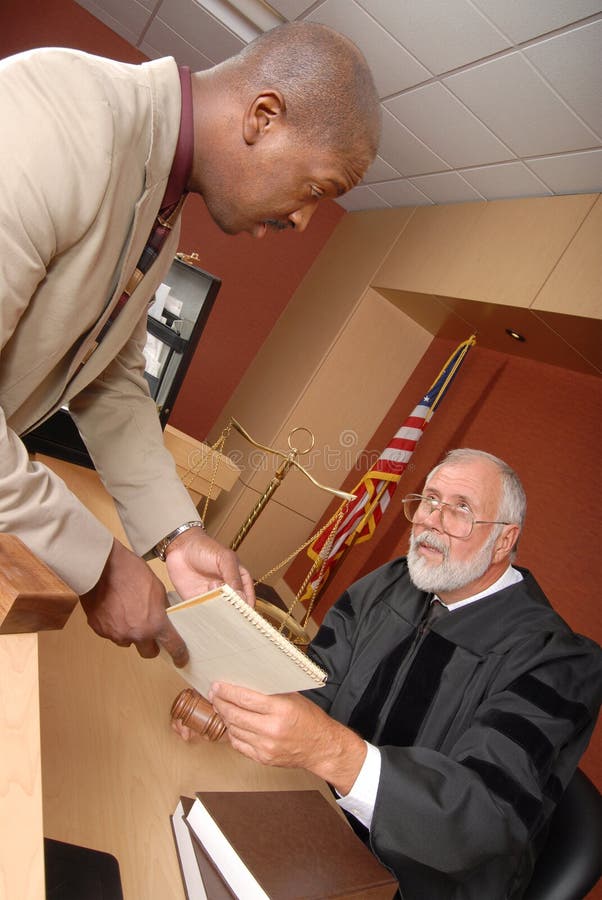Navigating Facility Situations: How to Establish Effective Trial Presentations for Optimum Results
Wiki Article
Browsing the Intricacies of Trial Presentations: Tips for Seamless Shipment and Engaging Disagreements
In the world of lawful procedures, the art of test presentation stands as a vital factor of success. As lawyers navigate the detailed web of court room characteristics, the capability to effortlessly provide arguments and proof while astounding the jury's interest becomes critical. The intricacies inherent in test presentations call for a fragile balance of finesse, ability, and strategy. By developing strategies that make certain a refined delivery and crafting engaging arguments that resonate with the target market, lawyers can significantly boost their advocacy. In a world where persuasion reigns supreme, grasping the complexities of test presentations is not simply an option however a necessity for those seeking to dominate in the court.
Understanding Trial Purposes
To successfully navigate a trial, it is vital to have a clear understanding of the objectives that need to be accomplished. Before entering the courtroom, legal teams have to define their goals and preferred end results. These goals work as assisting principles throughout the trial, shaping strategies and influencing decision-making procedures.Comprehending trial goals entails a comprehensive analysis of the situation, legal precedents, and the client's benefits. Trial Presentations. It requires a meticulous examination of the truths, recognizing essential issues, and preparing for possible obstacles. By establishing measurable and specific goals, lawyers can customize their debates and presentations to line up with the desired outcomes
Moreover, a clear understanding of test goals allows legal teams to prioritize evidence, witnesses, and lawful disagreements properly. It enables the advancement of a meaningful story that resonates with the discretionary, reinforcing the total instance presentation.

Organizing Proof Properly
Having a clear understanding of trial goals lays the foundation for arranging evidence successfully in legal process. By lining up the discussion of proof with the desired results of the test, lawful groups can enhance their disagreements and improve their persuasiveness.An additional trick aspect in organizing proof efficiently is developing a logical circulation. Offering proof in a meaningful and sequential manner can help build an engaging narrative that sustains the legal arguments being made. Furthermore, utilizing visual help such as graphes, charts, or timelines can even more boost the organization of proof and assist in clarifying complex relationships or sequences of occasions.
Furthermore, making sure that all evidence offered is appropriate and permissible to the situation is necessary. Inadmissible or pointless proof can detract from the stamina of the disagreement and potentially damage the trustworthiness of the presenting celebration. Consequently, a precise evaluation and option process should be carried out to consist of only one of the most impactful and legitimately audio proof in the test discussion.
Crafting Persuasive Narratives
Crafting compelling stories plays a pivotal duty in providing convincing arguments throughout lawful procedures. A well-crafted story has the power to mesmerize the target market, stimulate emotions, and ultimately guide the decision for the offering party. When constructing a story for a test i loved this discussion, it is necessary to develop a clear story that highlights vital factors and attaches them in a meaningful way. Begin by outlining the realities of the instance in a compelling manner, guaranteeing that the sequence of events is simple to comply with. Present characters effectively, providing background details that aids the audience recognize their activities and inspirations. Additionally, incorporating brilliant descriptions and interesting language can bring the narrative to life, making it more unforgettable for the court and jury. By weaving with each other evidence, testimony, and lawful debates right into a convincing and natural story, lawyers can effectively support for their clients and raise the possibility of a beneficial end result in the court.
Grasping Visual Aids
Reliable use of aesthetic aids is crucial to enhancing the effect and clearness of trial presentations. Aesthetic help, when used tactically, have the power to simplify intricate details, reinforce bottom lines, and leave a lasting impression on the discretionary. To grasp aesthetic help in trial presentations, it is critical to make sure that they are clear, succinct, and appropriate to the debates being made.When including visual aids, such as graphes, photographs, timelines, or charts, into a trial discussion, it is necessary to keep them aesthetically appealing yet professional. The visuals ought to enhance the verbal disagreements, supplying a visual representation of the information being reviewed without overwhelming my response the audience with unneeded information.
Moreover, practicing with the visual aids beforehand is important to make sure a seamless delivery during the test. Acquainting oneself with the material, transitions, and timings of each aesthetic help can aid preserve the circulation of the discussion and stop technical glitches that might arise.
Providing Impactful Closing Arguments
An engaging closing debate serves as the conclusion of a trial discussion, enveloping the core story and encouraging the judge and jury towards a favorable choice. Begin by detailing the main debates that support your customer's setting, stressing why the evidence offered throughout the trial supports your narrative.Furthermore, including emotional allure can better strengthen your closing debate. By attaching and humanizing the case on a personal degree with the decision-makers, you can evoke empathy and understanding, influencing their perception of the facts provided. Furthermore, reiterating the lawful requirements that must be met for a favorable judgment can strengthen the legitimacy of your position. Inevitably, a well-crafted closing argument must leave a long-term impact, compelling the judge and court to regulation in your client's support.
Final Thought
To conclude, understanding trial discussions entails understanding objectives, arranging proof, crafting narratives, making use of visual help, and providing impactful closing debates. By applying these methods properly, legal representatives can provide their situation perfectly and make engaging disagreements in the courtroom. It is critical to navigate the intricacies of trial presentations with accuracy and ability to attain success in legal proceedings.By aligning the discussion of proof with the desired end results of the trial, legal teams can enhance their disagreements and improve their persuasiveness (Trial Presentations). To grasp aesthetic aids in trial presentations, it is important to ensure that they are clear, succinct, and informative post pertinent to the disagreements being made
An engaging closing debate offers as the conclusion of a trial presentation, encapsulating the core narrative and persuading the judge and court in the direction of a positive decision. Begin by laying out the main debates that sustain your client's placement, stressing why the proof presented throughout the trial sustains your narrative.In conclusion, understanding test discussions includes comprehending purposes, organizing evidence, crafting stories, making use of aesthetic aids, and supplying impactful closing arguments.
Report this wiki page